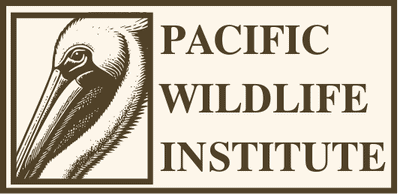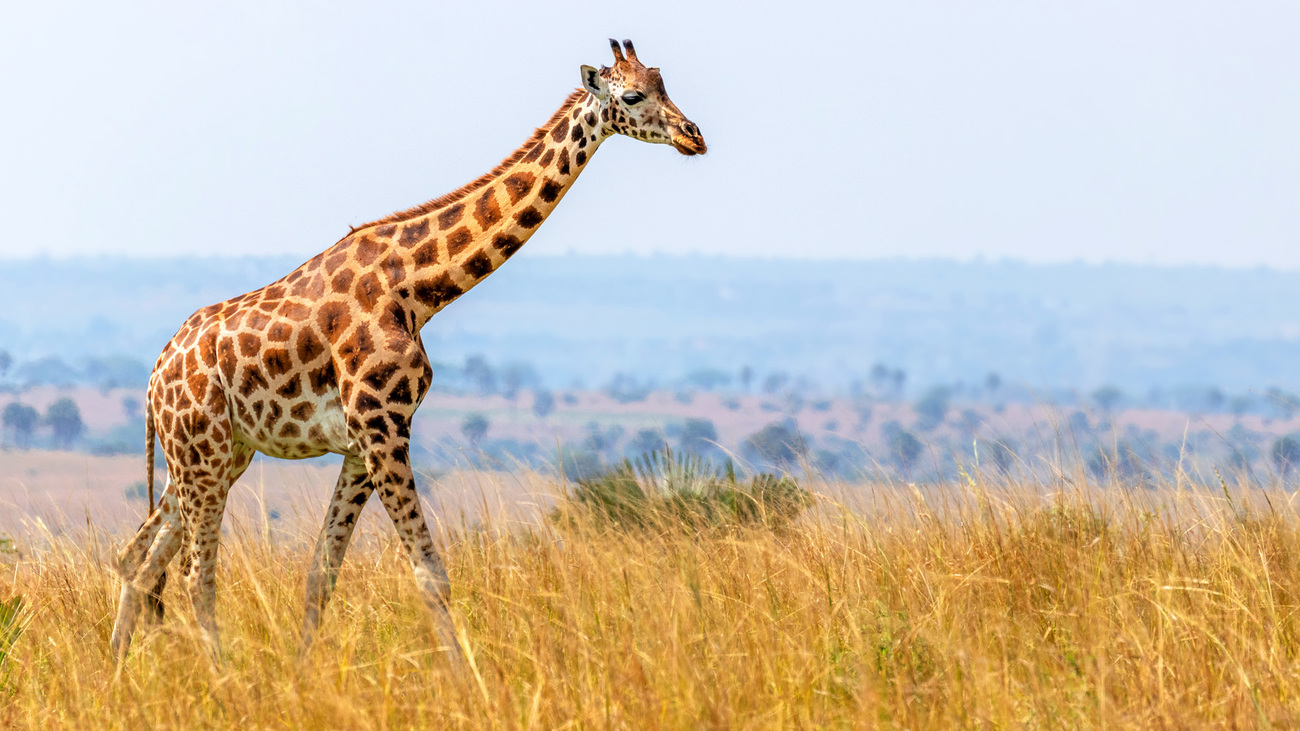The U.S. Fish and Wildlife Service (USFW) recently made a groundbreaking decision to list giraffes as endangered. Now, you might be wondering: why does this matter? How does a choice made by a U.S. agency impact a species that calls Africa home? The answer lies in how deeply connected our world is when it comes to conservation.
Did you know that between 2006 and 2015, roughly 3,744 giraffe hunting trophies made their way into the United States? That’s a staggering number. By officially acknowledging the alarming decline of giraffe populations, the USFW is stepping up to influence international efforts to protect these incredible creatures. While some might question the agency’s involvement in protecting species outside U.S. borders, this isn’t their first rodeo. Similar actions have helped curb trade in elephant tusks, rhino horns, and even sea turtle shells.
This decision doesn’t alter hunting laws in giraffe-range countries but does shine a light on the sustainability of conservation plans and trade practices. And here’s the kicker: despite all the monitoring by biologists, we still lack detailed global data on giraffe hunting. This gap in transparency has left conservationists uneasy and asking tough questions. The U.S. isn’t the only importer of giraffe specimens, and understanding the broader impact of hunting is crucial.
Some critics argue the U.S. should focus on native species or steer clear of international issues altogether. Others worry about economic fallout, particularly for the hunting industry. But here’s the thing: as a major importer of giraffe products, the U.S. holds a unique position to make a difference. The USFW’s move not only curbs imports but also sets a powerful example for global conservation, urging other nations to follow suit.
Giraffes have seen their populations plummet by around 40% over the past few decades. Four subspecies exist, each facing unique challenges. The critically endangered Nubian giraffe is just one example of how habitat loss, poaching, and illegal trade are wreaking havoc on these gentle giants.
By regulating imports of giraffe parts—trophies, bones, hides—the U.S. is tackling a major driver of their decline. This decision shows how policies in one country can ripple across the globe, inspiring others to act.
At its core, the USFW’s decision is about more than just giraffes. It’s a bold commitment to global wildlife conservation and a call to action for all of us. By standing up for giraffes, we’re helping reduce the pressures that threaten their survival. Together, through awareness and smart choices, we can play a part in protecting the wildlife that makes our planet extraordinary.

